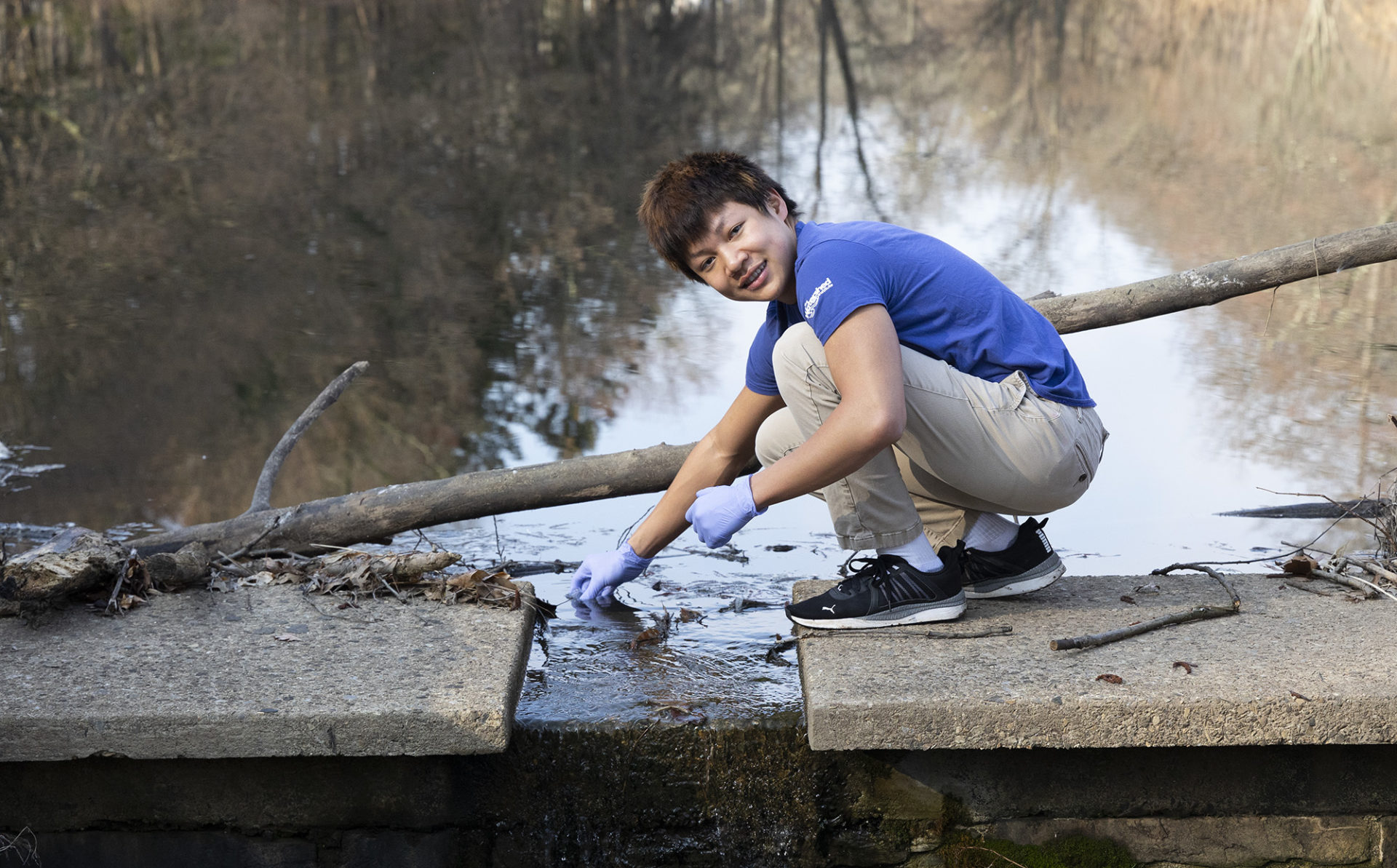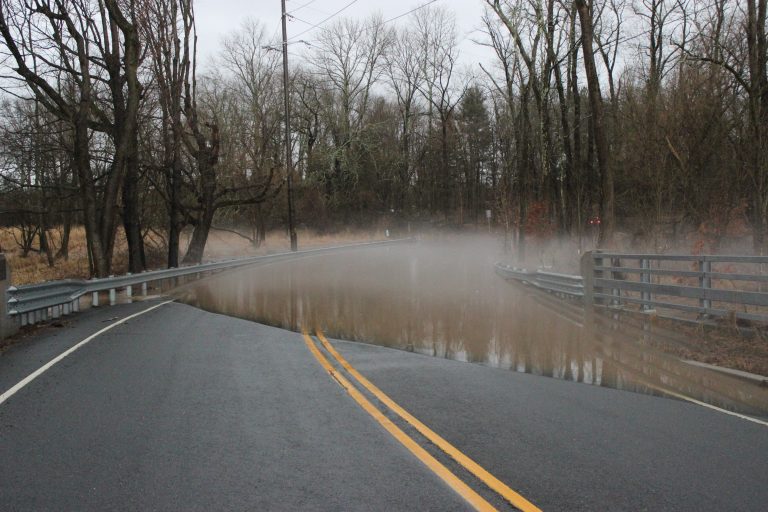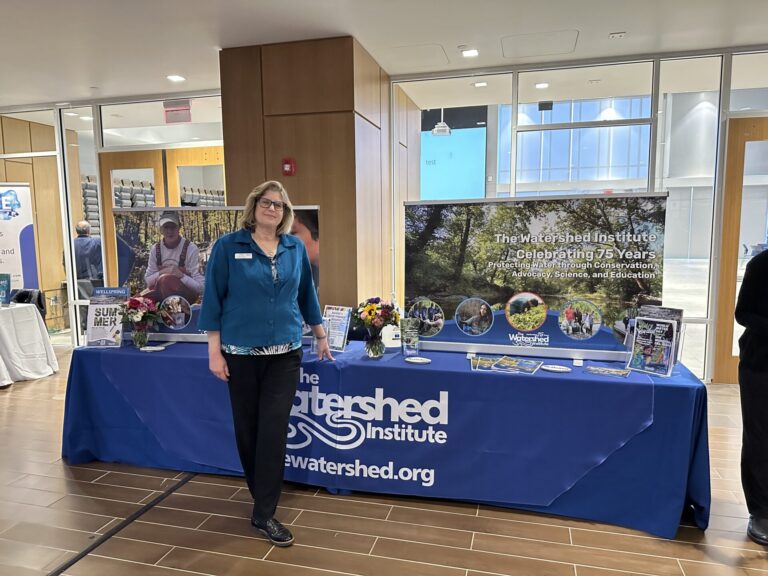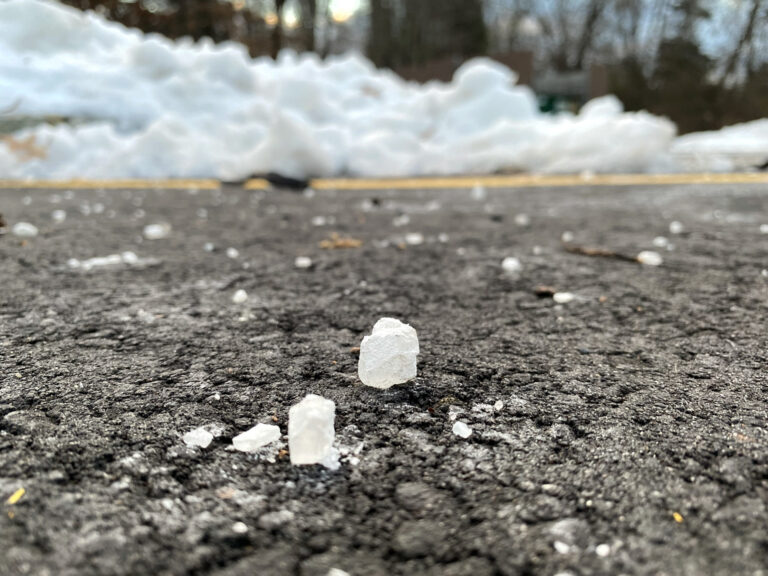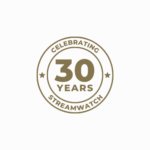 David Gao is documenting climate change on a microscopic level.
David Gao is documenting climate change on a microscopic level.
Gao, who is a junior at the Lawrenceville School, said being a StreamWatch volunteer fuels his desire to advocate and educate his community to make changes to protect water. In 2021, he participated in the climate and stream science sessions at the Watershed Academy for High School Students.
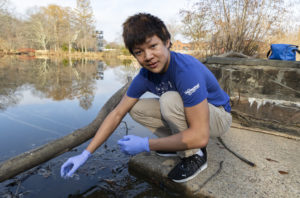
“The data has a story behind it,” said David, 16, who lives in Ewing. “We’re trying to show and tell how things are in the environment now.”
As a volunteer since 2018 with Stream Watch’s Bacterial Action Team, he hikes to Mercer County streams and lakes with sterile sample bottles, a thermometer and other test-kit items to make connections between the increasing intensity of storms and the quality of our waters.
“I think what really inspired me was exposure in the media on how the world is affected by climate change and how it hits our local community on a micro level,” he said. “The data really helps me see the change that is happening. Being a StreamWatcher helps me document and experience this with my own eyes.”
From the water quality sampling to analysis in the lab, Gao said the best part is raising awareness in his local community aware of the changes happening due to global warming and digging in to find trends for elevated bacterial levels. He said he often goes on the sampling outings with his mother, Xiaohong Lin, and his brother Alan.
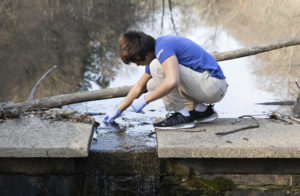
“I understand the power of the data,” he said. “We would try and trace back why there was a rise of bacterial pollution in the stormwater runoff. The data connects to different trends we see in the environment. The best part is knowing that what I’m doing really has an impact.”
He and others measure for E. coli, a type of bacteria that lives in the intestinal tracts of animals and humans. If present, E. coli indicates that disease-causing bacteria, viruses and parasites may be contaminating the water, posing a health hazard for people and pets. E. coli enters water from leaking septic or sewer systems, polluted stormwater runoff that is tainted by animal waste, waterfowl in streams and wading cows.
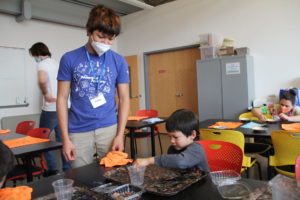
He also measures for total coliform and other nutrients, which he analyzes in the Watershed’s lab using chemical reagents and light. He interned in the lab for the BACT team last summer and hopes to do so again this summer.
One of the challenges, he said, was trusting in the long-term process. While the regular monitoring provides snapshots of bacterial pollution during a certain place, time and weather condition, he knows the importance of analyzing the data in a broader context.
“This work requires a lot of commitment and trust in the process. The long-term picture and real outcome is the stuff that is gained over years,” David said. “Being patient for that is sometimes hard to see while you are doing sampling on a crazy, rainy day in August.”
He spent part of last summer as an intern in the Watershed’s lab. “I was analyzing the data and changes that were really happening. The process of the data reflecting what is happening in the world and is measurable is really fascinating to me.”

